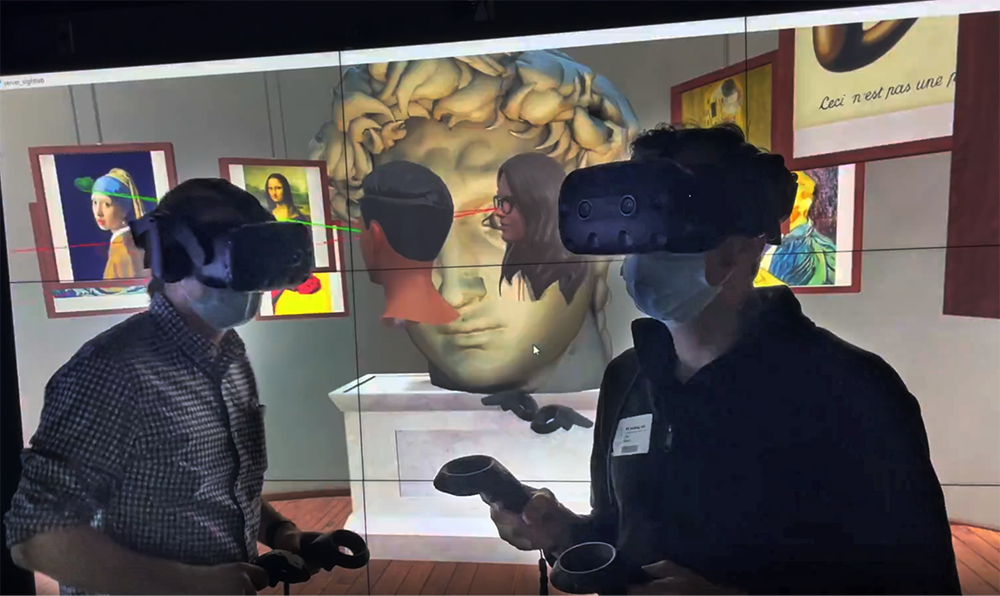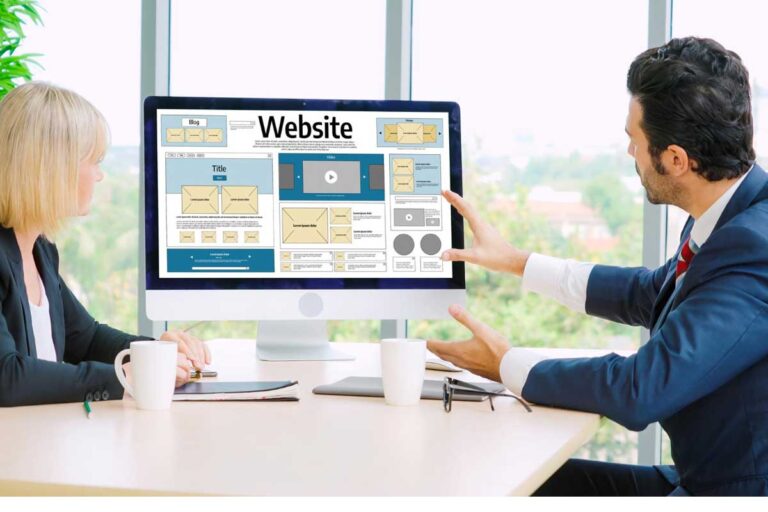Virtual reality is no longer just about putting on a headset and stepping into a digital landscape. Today, the real magic happens in social VR environments, where people gather, create, and interact in ways that feel increasingly authentic. At the heart of this transformation lies the use of 3D models, which shape not only the spaces themselves but also how individuals connect and build communities inside them.
Social VR platforms like VRChat, Horizon Worlds, and Rec Room are thriving because they give users the power to inhabit personalized spaces, use lifelike or stylized avatars, and interact with objects that behave in believable ways. Understanding how 3D models function in these ecosystems is key to appreciating their role in shaping the future of digital interaction.
Why 3D Models Matter in Social VR
Every piece of a virtual environment, from an avatar’s outfit to the design of a concert hall, relies on 3D models. These models provide the visual and functional backbone of VR spaces. Without them, digital worlds would be empty shells lacking the character and detail needed to feel alive.
What makes them particularly powerful in social VR is their ability to:
- Enable self-expression: Avatars and props give users unique ways to showcase identity.
- Create immersive settings: Environments with believable details encourage people to linger and socialize.
- Facilitate interaction: Objects that can be picked up, moved, or shared foster collaboration and play.
Together, these elements make social VR platforms more than just digital meeting rooms. They become places where friendships are formed, events are hosted, and communities flourish.
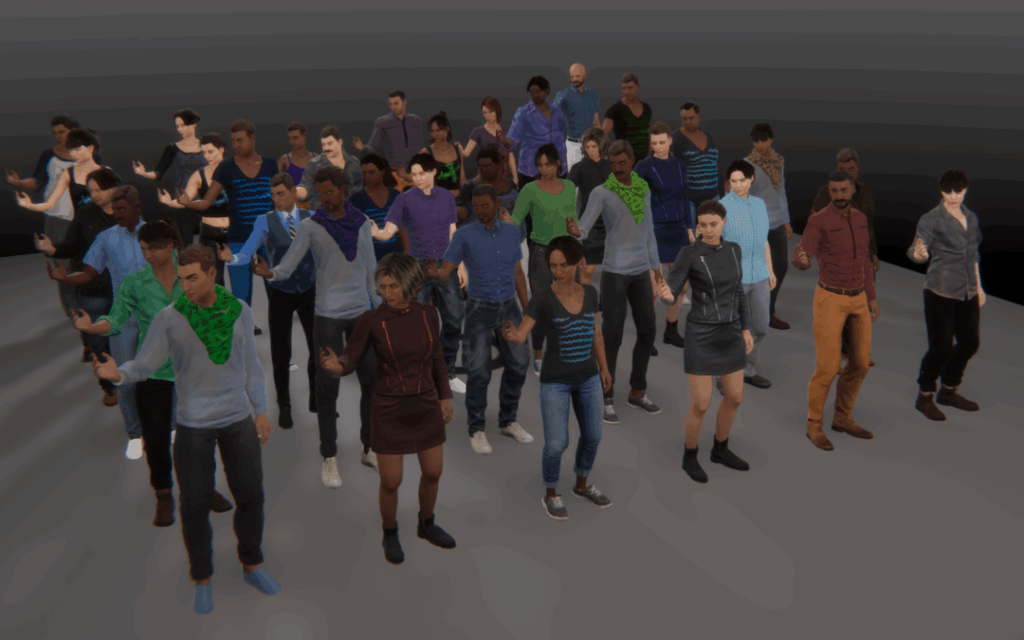
From Photos to Interactive Models
One of the exciting frontiers of content creation in VR is how quickly physical objects can now be translated into digital ones. With tools that allow a photo to 3d model conversion, creators can bring real-world items into VR platforms with surprising accuracy. These converters make it possible for even small community builders to digitize personal objects or designs and embed them into their virtual spaces.
This matters because communities thrive when the spaces they inhabit feel personal. A music fan club might want a custom stage inspired by a local venue, while an educational VR group could benefit from classroom objects replicated from real life. The bridge between physical and digital worlds makes these communities richer and more relatable.
Avatars as the Core of Digital Identity
Avatars are perhaps the most direct example of how 3D models influence social VR. Unlike simple profile pictures, avatars are dynamic 3D entities that move, gesture, and interact. Their design choices affect how people perceive themselves and each other in digital environments.
- Customizability builds identity: Users can choose styles, clothing, and accessories that reflect who they are.
- Body language matters: A well-rigged 3D model allows for expressive gestures, which adds realism to interactions.
- Inclusivity improves community: Providing a variety of avatar options ensures people from different backgrounds feel represented.
This personalization not only deepens engagement but also strengthens the bonds within communities.
Shared Spaces and World-Building
Beyond avatars, entire VR communities are structured around the 3D models that form their worlds. Consider a digital cafe where friends meet weekly. The chairs, tables, lighting, and decorations are all modeled assets that together create atmosphere. If done well, such an environment encourages natural behaviors, like sitting down to chat or leaning against a virtual counter.
World-building with 3D models also allows for:
- Collaborative projects: Groups can co-create environments, strengthening teamwork.
- Event hosting: Concerts, conferences, or casual meetups feel more engaging in well-designed spaces.
- Scalability: Communities can expand by adding new modeled environments as their needs grow.
The social glue of VR is often not the platform itself but the quality and creativity of the spaces its users inhabit.
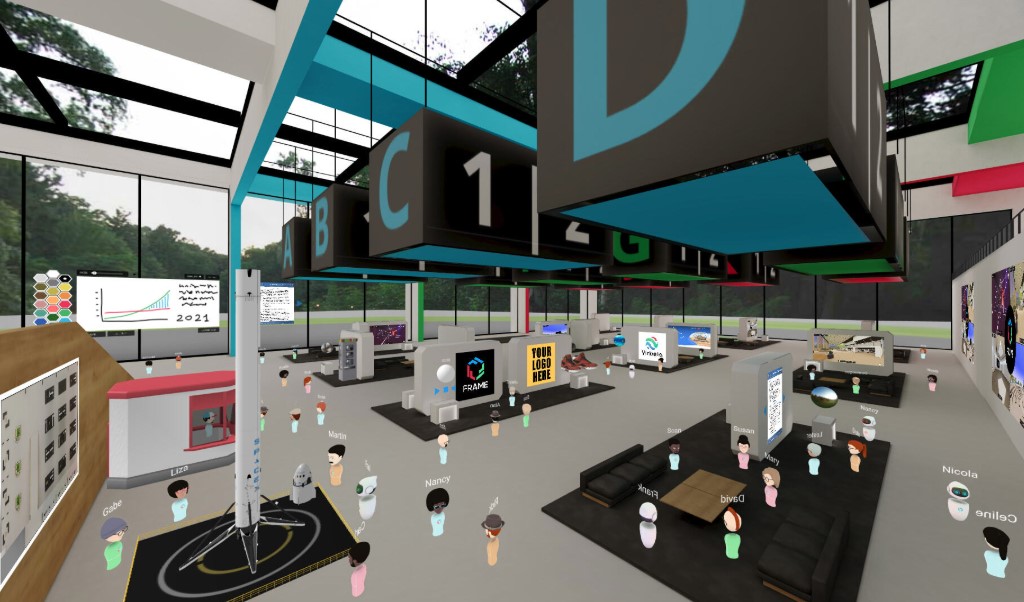
Interactivity as a Social Catalyst
Static models are only part of the equation. In thriving VR communities, interactivity brings everything to life. A ball that can be tossed, a board game that can be played, or a digital instrument that can be strummed transforms passive environments into interactive playgrounds.
This matters because:
- Interaction builds engagement. People return to spaces where they can do things, not just watch.
- Shared activities strengthen bonds. Playing games or building objects together fosters collaboration.
- Skill-sharing becomes easier. Communities can teach and learn inside interactive 3D environments.
These interactive 3D models turn VR communities from visual showcases into living, breathing digital societies.
Challenges in Creating for Social VR
As powerful as 3D models are, building them for social VR isn’t without challenges. Community creators often run into issues such as:
- Optimization for performance: Detailed models may look great but can overload headsets if not optimized.
- Consistency of design: When multiple creators contribute, maintaining a cohesive aesthetic can be tricky.
- Accessibility barriers: Not everyone has the tools or skills to create high-quality 3D assets.
Addressing these challenges requires both technical solutions and community-driven support. Platforms that provide libraries of reusable assets, tutorials, and user-friendly modeling tools make it easier for communities to thrive.
The Future of Social VR and 3D Modeling
Looking ahead, the integration of AI-assisted modeling, photogrammetry, and procedural generation will only accelerate the growth of VR communities. Imagine entire virtual towns generated in hours, or personal items scanned and instantly imported into shared worlds.
This progression suggests that:
- More people will become creators. Lowering technical barriers means communities won’t rely solely on expert modelers.
- Personalization will deepen. Spaces will feel increasingly tailored to specific groups and identities.
- Social VR will blend with the real world. Digitized objects and environments will mirror lived experiences more closely.
The evolution of 3D modeling technology ensures that social VR will continue moving toward richer, more human-centered experiences.
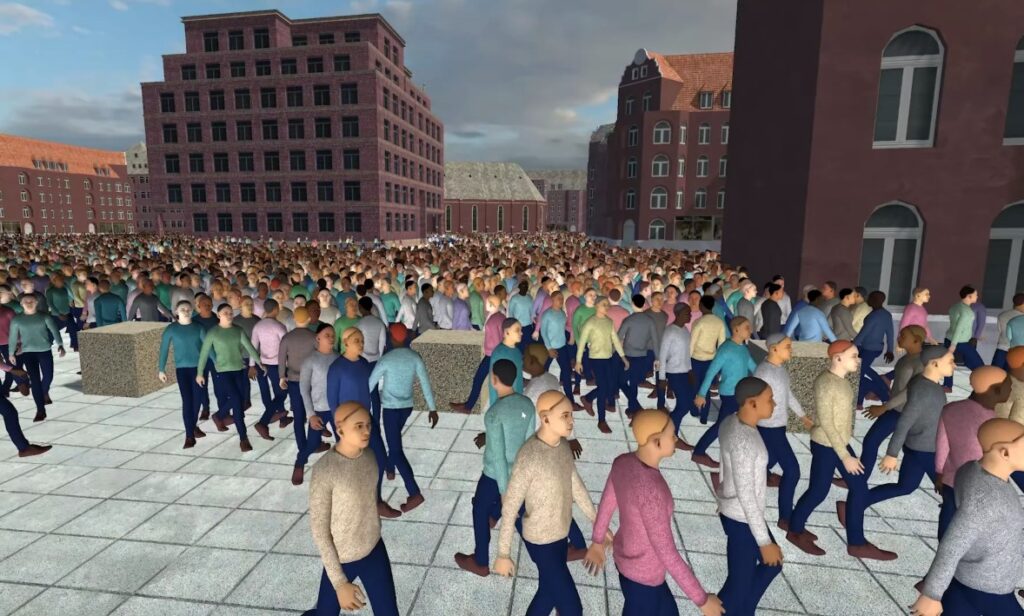
Conclusion
The role of 3D models in social VR is far more than technical decoration. They form the backbone of identity, space, and interaction in digital communities. By enabling personalized avatars, interactive objects, and immersive environments, 3D models turn VR platforms into meaningful social ecosystems.
As tools like photo-to-3D conversion and AI-driven design become mainstream, the gap between imagination and creation will shrink. This means communities can focus less on technical hurdles and more on what truly matters: connecting, collaborating, and creating memorable experiences together.
In short, 3D models are not just assets in VR. They are the building blocks of community itself.

